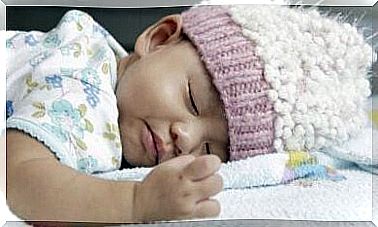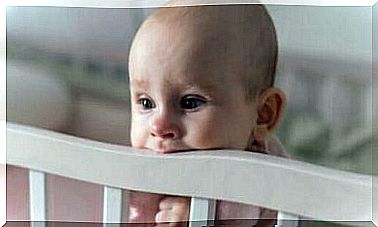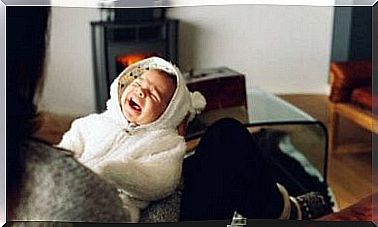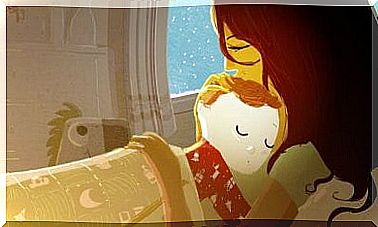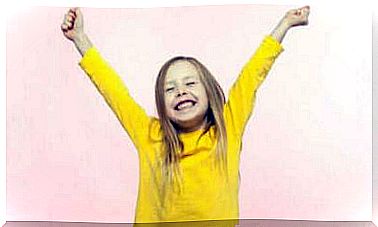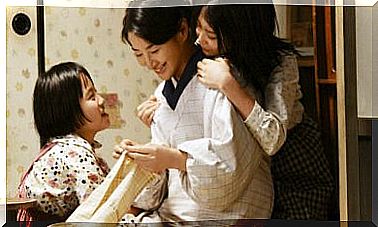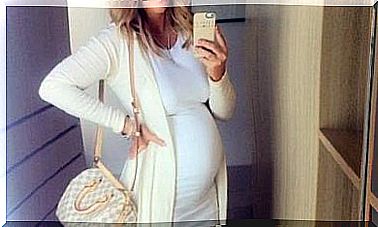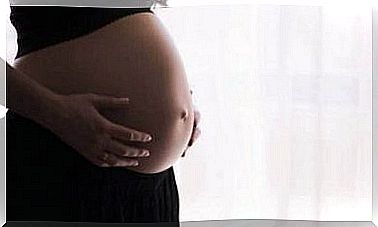What Is Child Psychology? The Basics Explained

Child psychology specializes in the study of psychological processes during childhood as part of child development. It started in the 19th century with a more biological focus. In the 20th century, psychology expanded to include theories such as psychoanalysis, cognitive psychology, and constructivism.
Jean Piaget’s contributions set the course for child psychology with his ‘learning theory’. Psychology focused on examining the stages of child development. Piaget then described how children perceive themselves and the world around them, from birth to adolescence.
How child psychology studies children
Knowing that children can be very complex, this discipline encompasses the motor, linguistic, emotional and physical aspects. However, it also includes the cognitive, social and perceptual aspects of children. Child psychologists may be based in some scientific institution and base their interventions on the contributions of each theory.
Pediatric psychology focuses on how each stage of development works for each child, or vice versa, by establishing parameters and codes. This is generally done with a wide margin of relativity in the field of children’s mental health.
Likewise, child psychologists address children in their environmental context. It is very important to know and understand the environment of the child. Especially when it comes to diagnosis and treatment. The professional should therefore pay attention to:
- How contextual variables (e.g. family, school) and biological characteristics (genetics) come together to influence the child’s behavior.
- How environmental changes also affect the child’s mental health.

Some topics from Piagets cognitive theory
To understand child psychology, it is first important to understand how the cognitivist Jean Piaget set it out. In short, he theorized that children at any age naturally acquire the ability to solve certain problems: motor, cognitive and emotional.
For Piaget, the stages of evolution were conceived as cognitive structures. These bases then evolve over time, always in the same order.
However, the idea is not to focus on the age of the child, but that each cognitive stage takes place without skipping it. At the same time, each stage should be smoothly integrated with the next stage.
The stages of child development according to Jean Piaget are:
- The sensorimotor stage (0 to 2 years). Children first get to know the world and their own abilities by using their senses.
- The pre-operational stage (2 to 7 years). Children are then able to think in symbols. This allows language and speech. At this stage, however, their thought still remains self-centered. They understand the world only from their own point of view.
- The concrete operational phase (7 to 12 years). Children can apply logical conclusions and ideas. Comparative operations and sequences of shapes are some of the skills acquired in this phase. However, this period still excludes abstract thinking.
- The formal operational phase (12 years and older). This stage acquires the ability to make hypotheses and complete formal acts during adolescence and adulthood.
Current trends in child psychology
Today, there is a staggering amount of cultural change and children’s behavior is very different from that of children 100 years ago. Lately, for example, you’ve been hearing terms like “anxiety disorder.” Or maybe you’re familiar with the term “attention deficit,” “sleep disorder,” depression, or more generally, “autism disorder.”
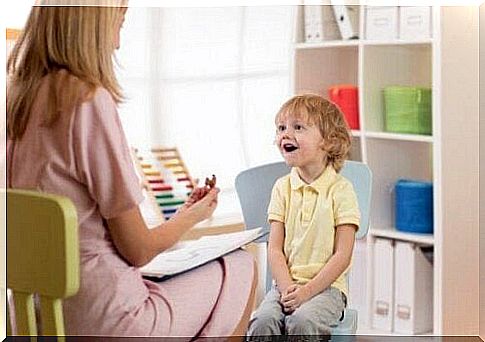
Because of these disorders, children do not respond to certain standard norms. The traditional theories of child psychology are therefore always being revised and modernized. In this way, the needs of new and different generations are met.
The ubiquity of technology, the crisis of the image of the hetero-patriarchal family and the creation of new types of families require new theoretical approaches from child psychology.
In this way, there are new ways of seeing things that keep changing in education, schools and learning centers.
In conclusion, an outdated definition of childhood will create an unbridgeable gap between the new and old generations. As a result, many experts continue to apply scientific parameters to childhood, widening the gap even further.
